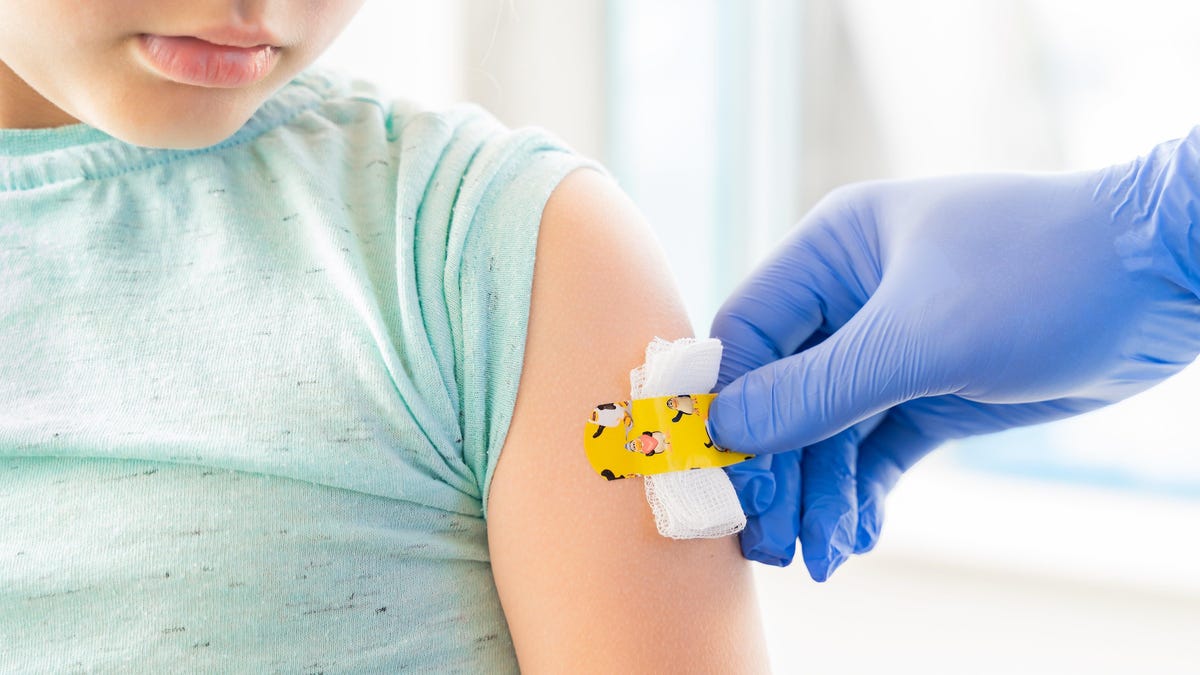
Parents are increasingly finding ways to keep their children unvaccinated as they enter kindergarten, new data from the Centers for Disease Control and Prevention shows. The percentage of parents claiming vaccine exemptions for their children has increased nationwide this year, with many states rising over 5%. Overall childhood vaccination coverage remains high but has not yet returned to pre-pandemic levels.
Children who attend school are required to receive certain vaccines before and during their time there, depending on state and local laws (typically, these laws cover both public and private schools). However, parents can claim exemptions for their children, though the types of exemptions available also differ from state to state. Some only allow medical reasons for not vaccinating, for instance, while others allow religious and/or personal exceptions.
Advertisement
Data on the percentage of school-age children who are vaccinated or given exemptions is collected annually by states and sent to the CDC. An analysis of this school year’s data has just been published Friday in the CDC’s Morbidity and Mortality Weekly Report.
Advertisement
The report looks at the coverage of highly effective childhood vaccines required before entering kindergarten. These vaccines help prevent diseases such as measles, mumps, and rubella (covered by a combination vaccine, the MMR), polio, chickenpox, as well as pertussis, diphtheria, and tetanus (also covered by a combination vaccine, the DTaP)
Advertisement
Between the 2019–20 to the 2021–22 school year, national coverage of these vaccines among kindergartners declined from 95% to about 93%. As of the 2022-2023 school year, national coverage continues to hover around 93%, ranging from 92.7% for the DTaP vaccine to 93.1% for the MMR and polio vaccine. But the exemption rate also rose in 41 states from last year, with 10 states now having an exemption rate above 5%. The overall exemption rate was 3%, up from 2.6% the previous year. And the single worst state was Idaho, with an exemption rate of 12%.
Many of these childhood diseases are highly contagious, meaning they require a high level of vaccination coverage to ensure herd immunity— the phenomenon where enough people are so immunized against a disease that it can no longer spread easily in the community, especially among people unable to get vaccinated themselves. Ideally, a coverage rate of at least 95% is needed to prevent large outbreaks of diseases like measles. But at the current rate, around 250,000 kindergartners are expected to be at risk for measles, according to the CDC authors.
Advertisement
It’s known that the pandemic created barriers to childhood vaccination in both the U.S. and worldwide. Parents might have taken their children to pediatricians less often than before, for instance, while funding for education or incentive programs might have been diverted to combatting covid. At the same time, anti-vaccination advocates have continued to spread lies and misinformation about covid vaccines, as well as vaccines in general.
The authors of the report note that it’s not clear from this data whether parents have truly become more hesitant to vaccinate their children or if they’re finding it harder to find the time and opportunity to do so. But whatever the factors behind this decline, they do say it’s still possible to reverse these trends.
Advertisement
“Enforcement of school vaccination requirements, school-based vaccination clinics, reminder and recall systems, and follow-up with undervaccinated students have already been shown to be effective in increasing vaccination coverage,” the authors wrote.
Services Marketplace – Listings, Bookings & Reviews